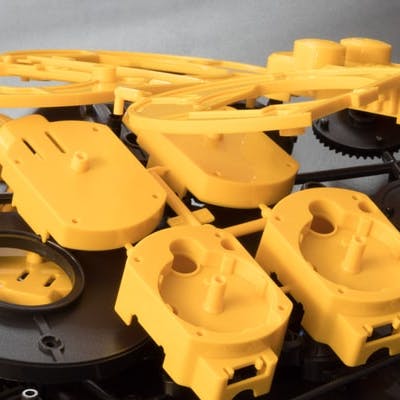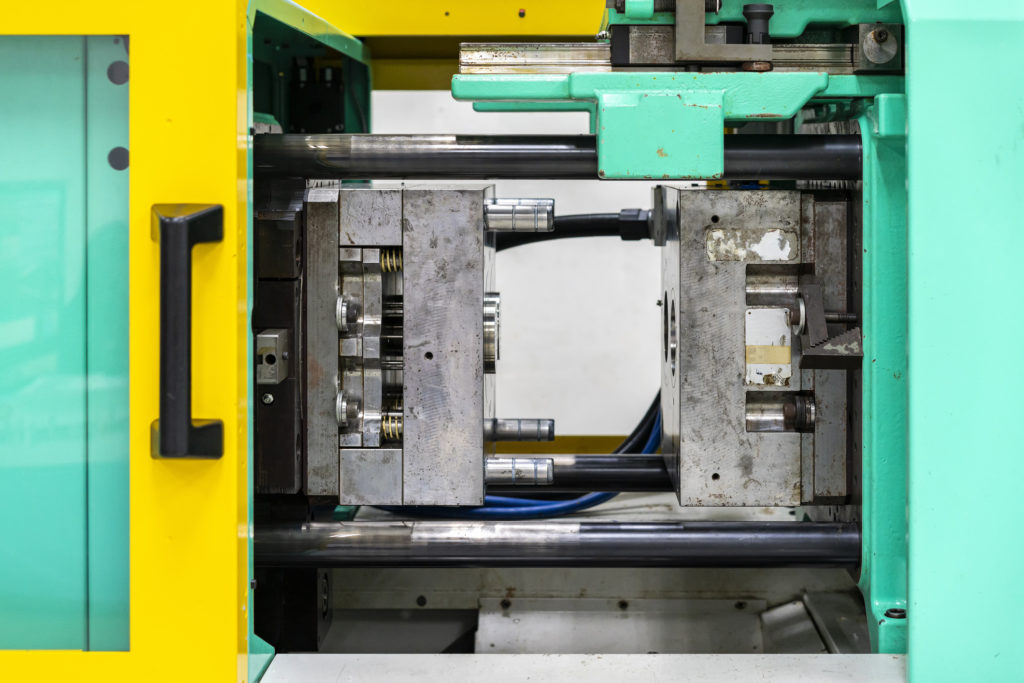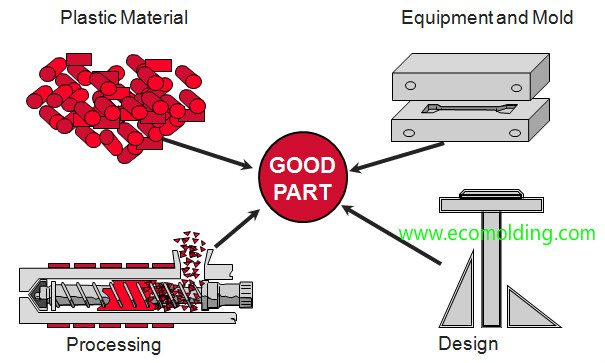Plastic Injection Molding: A Comprehensive Overview to Modern Manufacturing Techniques
Plastic Injection Molding: A Comprehensive Overview to Modern Manufacturing Techniques
Blog Article
Recognizing the Basics of Plastic Shot Molding Procedures
Plastic injection molding serves as a foundation of contemporary manufacturing, supplying a methodical technique to producing complicated parts with accuracy. Discovering these important elements could reveal just how even small modifications can lead to substantial renovations in manufacturing end results, elevating inquiries regarding the possibility for advancement in this established process.
What Is Plastic Injection Molding?
Plastic injection molding is an extensively made use of manufacturing process that changes thermosetting and thermoplastic products into accurate and intricate shapes. This method is favored for its capacity to generate high quantities of identical components with outstanding accuracy, making it an important approach in various industries, including automobile, consumer products, and clinical tools.
The procedure entails melting the chosen plastic material and injecting it right into a mold under high pressure. The mold and mildew, designed to the specifications of the preferred component, enables the molten plastic to take shape as it cools down and solidifies. When the product has solidified, the mold and mildew is opened up, and the completed part is expelled.
Plastic injection molding provides a number of advantages, including minimized waste, uniformity in production, and the ability to include complex styles that may be challenging with other producing approaches. In addition, it supports a wide series of products, each providing special homes that can be tailored for specific applications. As markets proceed to introduce, plastic injection molding remains at the forefront, enabling the advancement of advanced products that meet developing consumer demands.
The Shot Molding Process
The injection molding procedure is an advanced technique that entails numerous vital stages to create top notch plastic parts. Plastic pellets are fed right into a warmed barrel where they are melted into a viscous fluid. This molten plastic is after that injected under high stress into a precision-engineered mold, which forms the product into the desired kind.
As soon as the mold and mildew is filled, the plastic is allowed to strengthen and cool down, taking the form of the mold cavity. Air conditioning time is crucial, as it affects the cycle time and the last homes of the molded part. After adequate cooling, the mold opens up, and the ended up part is expelled utilizing ejector pins.

Materials Used in Shot Molding
Numerous materials can be made use of in the shot molding process, each offering special residential properties that deal with certain applications. The most frequently made use of products include thermoplastics, thermosetting plastics, and elastomers.

Thermosetting plastics, like epoxy and phenolic resins, undergo a chemical change during the curing procedure, leading to an inflexible, stringent structure. These materials are optimal for applications requiring high heat resistance and structural honesty, often made use of in automobile components and electrical insulators.
Elastomers, including silicone and rubber-based products, give flexibility and strength. Their distinct residential or commercial properties make them suitable for applications that require elasticity, such as seals and gaskets.
Additionally, specialized materials like bio-based plastics and composites are gaining traction for their environmental advantages and boosted performance attributes, widening the range of injection molding applications in various markets. Comprehending the residential or commercial properties of these products is vital for selecting the proper type for specific projects.
Advantages of Shot Molding
Injection molding stands out as an extremely efficient production process that provides various benefits for producing complex get rid of accuracy. One of one of the most substantial benefits is the capacity to develop complex styles that would be tough or impossible to achieve with other techniques (Plastic Injection Molding). The procedure allows for detailed attributes and tight tolerances, read more ensuring high-grade elements
In addition, injection molding is recognized for its rapid production abilities, making it an optimal option for high-volume manufacturing. Once the mold and mildew is developed, components can be generated quickly, decreasing preparations and enhancing general productivity. This performance not just lowers production expenses however additionally provides a competitive edge in the market.
The convenience of materials used in shot molding better improves its charm. A vast array of thermoplastics and thermosetting polymers can be used, allowing suppliers to select products that finest satisfy their particular demands, including warmth, stamina, and adaptability resistance.
Furthermore, the procedure minimizes waste, as excess material can often be reused and recycled. This sustainability facet contributes to a lowered environmental effect, making shot molding a responsible production choice. In general, the benefits of injection molding make it a favored approach for many markets.
Elements Affecting Item Top Quality
While various aspects can influence product quality in shot molding, comprehending these components is essential for accomplishing optimum results. Secret elements include material choice, refining criteria, and mold and mildew layout.
Product selection plays an important function, as different polymers display one-of-a-kind residential or commercial properties that impact flowability, stamina, and thermal stability. Poor product option can cause problems such as warping or insufficient filling.
Processing parameters, including cycle, temperature, and pressure time, need to be thoroughly controlled. Variants in these setups can result in inconsistencies in part measurements and surface finish. Excessively high temperatures might cause degradation of the polymer, while insufficient pressure can result in brief shots.
Mold design is equally important, as it establishes the circulation of the molten plastic and the cooling process. Poorly designed mold and try this website mildews may bring visit this web-site about uneven cooling rates, causing residual stress and anxieties and dimensional errors.

Conclusion
In final thought, plastic injection molding works as an essential production procedure that makes it possible for the efficient production of high-quality parts. Proficiency of the injection molding process, including the understanding of materials and the impact of numerous factors on product quality, is essential for achieving optimal outcomes. The advantages of this method, such as cost-effectiveness and design adaptability, further underscore its importance across numerous markets, strengthening its standing as a recommended choice for high-volume manufacturing.
Plastic shot molding offers as a cornerstone of modern production, supplying a methodical strategy to creating complicated components with accuracy.Plastic injection molding provides several benefits, including reduced waste, uniformity in manufacturing, and the capacity to integrate detailed layouts that may be challenging with various other producing techniques (Plastic Injection Molding). As industries proceed to innovate, plastic shot molding stays at the leading edge, enabling the growth of advanced products that fulfill progressing consumer needs
The shot molding procedure is an innovative technique that entails several essential stages to produce high-quality plastic elements.In final thought, plastic shot molding serves as a crucial production process that allows the efficient manufacturing of top notch components.
Report this page